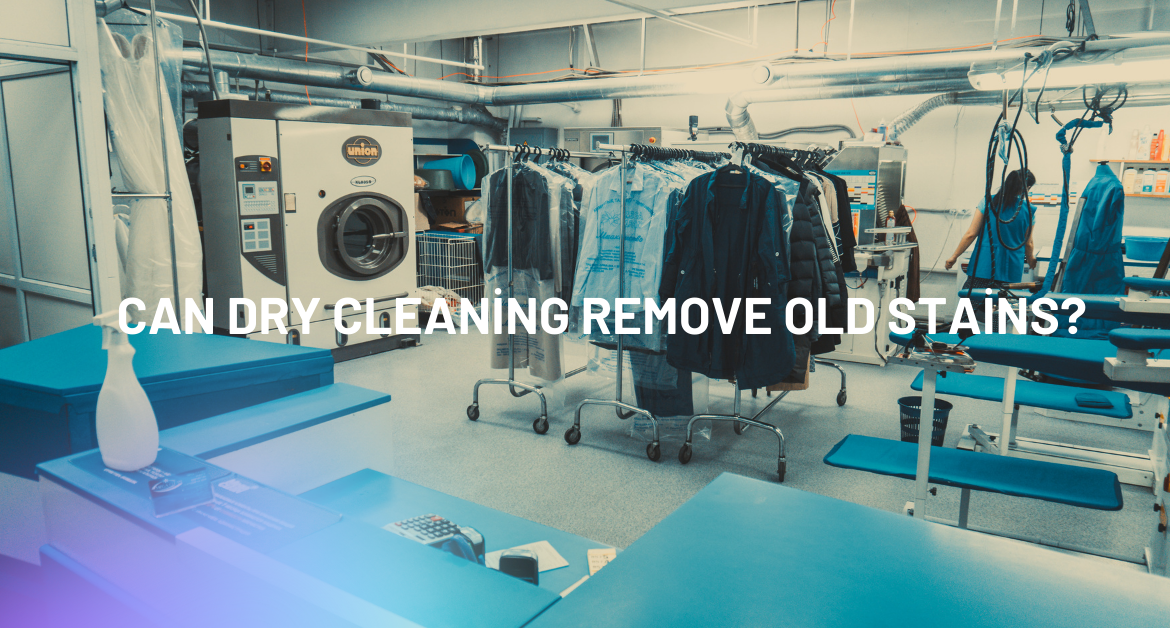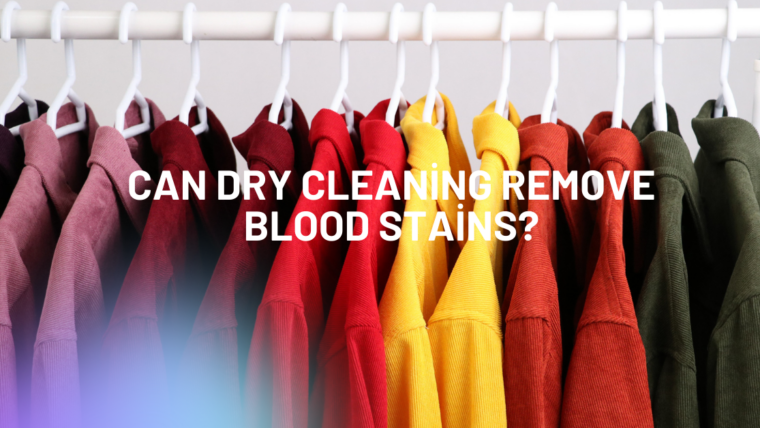Stain removal is one of the most common challenges faced by those who care about their clothes. Whether it’s a splatter of coffee, a smear of grease, or a mysterious spot that has appeared out of nowhere, stains can make even the most expensive garments look unkempt. Dry cleaning, a professional cleaning method that uses solvents rather than water, is often viewed as a miracle solution for stubborn stains. But can it really remove old stains? This question, though simple, delves into a much deeper conversation about the nature of stains, the chemistry behind dry cleaning, and the limitations of even professional cleaners.
Understanding Stains
To answer the question of whether dry cleaning can remove old stains, it’s crucial to understand the types of stains that exist and how they interact with fabrics. Stains generally fall into four major categories: oil-based, protein-based, tannin-based, and dye-based.
- Oil-based stains come from substances like grease, motor oil, and makeup. These stains are often the hardest to remove with regular laundry, as they don’t dissolve in water.
- Protein-based stains are often the result of bodily fluids such as blood, sweat, or saliva. These stains can set deeply into fabric fibers, particularly if not treated promptly.
- Tannin-based stains occur from drinks like coffee, tea, wine, and juices. These organic stains can sometimes be difficult to treat, especially once they’ve dried.
- Dye-based stains, such as those from ink or certain food pigments, tend to be some of the toughest to eliminate completely, as the colorants bond deeply with fabric fibers.
The age of a stain is one of the most significant factors affecting its removal. Fresh stains, which haven’t yet had time to settle and bond with the fabric, are much easier to clean than older ones. Over time, stains can chemically bond with the fibers, creating a more permanent mark. This process is why many stains that are left untreated for days, weeks, or even longer can be much more difficult to remove.
How Dry Cleaning Works
Dry cleaning involves the use of solvents instead of water. The most common solvent used in dry cleaning is perchloroethylene (PERC), though hydrocarbon solvents and silicone-based cleaning solutions are also sometimes used. This method allows professional cleaners to break down oils and grease, substances that would typically be difficult to remove with water and detergent.
The dry cleaning process involves several steps:
- Pre-treatment: Stains are first inspected and pre-treated with specialized solutions to begin breaking down the contaminants.
- Cleaning: The garment is placed in a machine that uses a solvent to wash away the oils, grease, and other materials that make up the stain.
- Drying: After the garment has been cleaned, the solvent is evaporated in a drying chamber, leaving the garment clean and dry.
- Finishing: Lastly, the garment is pressed, steamed, or ironed to restore its shape and finish.
What sets dry cleaning apart from traditional laundry is its ability to dissolve oil and grease. Water alone can’t dissolve these substances, but dry cleaning solvents can. This makes dry cleaning particularly effective for certain types of stains, such as those caused by oils and greases.
Can Dry Cleaning Remove Old Stains?
Now, we arrive at the central question: can dry cleaning remove old stains? The answer isn’t a simple “yes” or “no.” It depends on various factors, including the type of stain, how long it has been there, and the fabric involved.
Dry cleaning can certainly remove many old stains, especially those that are oil-based, such as grease or makeup. The solvent used in dry cleaning is designed to break down oils and fats, making these stains easier to lift from the fabric. For stains like these, dry cleaning is often a more effective solution than home washing, which can struggle to dissolve oily residues without the aid of specialized detergents.
However, when it comes to organic stains, like coffee, wine, or food stains, the success rate is more mixed. These types of stains are often protein- or tannin-based and can be particularly stubborn once they have dried. Dry cleaning may help lift some of the residue, but it is not always guaranteed to remove the stain entirely, especially if it has been allowed to set for a long period. The longer the stain has been left untreated, the more likely it is that it will be deeply ingrained in the fabric, making it resistant to removal.
Ink stains are another category that dry cleaning may not fully address. While solvents can break down some of the chemicals in ink, ink stains often contain pigments that bond with the fabric fibers, making them difficult to lift completely. For these, professional spot treatments or specialized cleaning techniques might be required, but success is not always assured.
Sweat stains and yellowing can also be problematic. Sweat can leave behind proteins that react with the fabric, causing yellow stains that may appear even after dry cleaning. While dry cleaning may lighten or fade the yellowing, it cannot always restore the fabric to its original state.
Challenges with Removing Old Stains
There are several factors that make it challenging to remove old stains, even with professional dry cleaning:
- Chemical bonding: As a stain ages, it can bond chemically with the fibers of the fabric. Over time, this bond becomes more difficult to break, making the stain more resistant to removal.
- Fabric damage: Some fabrics, especially delicate ones, can be damaged over time by the stain itself. Stains that have been left untreated for long periods can weaken or discolor the fibers, making it impossible to fully restore the fabric.
- Type of fabric: The fabric itself plays a crucial role in how well a stain will respond to dry cleaning. For example, delicate fabrics like silk or wool may require special care, and some stains may be too stubborn for these fabrics to withstand the cleaning process without being damaged.
The older the stain, the more likely it is that the fabric has been permanently altered, and the cleaner may not be able to restore it to its original condition.
What to Do Before Dry Cleaning Old Stains
If you have an old stain on a garment, there are a few things you can do to increase the chances of successful stain removal before sending the garment to the dry cleaner:
- Pre-treat the stain: Before taking the garment to the cleaners, apply a stain remover or pre-treatment solution directly to the stain. This can help loosen the stain, making it easier for the dry cleaner to remove.
- Inform the dry cleaner: Always tell your dry cleaner about the stain and where it is located. This ensures that the cleaner knows where to focus their efforts.
- Read the fabric care instructions: Some fabrics require special treatment to avoid damage during cleaning. Be sure to mention any fabric-specific concerns to your cleaner.
By taking these steps, you give the dry cleaner the best chance of successfully removing the old stain.
When Dry Cleaning Might Not Help
Despite its many advantages, there are some instances where dry cleaning may not be able to completely remove old stains. If a stain has been left untreated for months or years, it may have chemically bonded with the fabric fibers in such a way that even solvents cannot break it down. Additionally, some stains, like those caused by bleach or rust, may cause irreversible damage to the fabric.
In these cases, even professional dry cleaning cannot restore the garment to its original state. While dry cleaning may reduce the appearance of the stain, it’s unlikely to remove it entirely.
Professional Stain Removal vs. DIY Methods
When it comes to tackling old stains, professional dry cleaning often has an edge over DIY methods. Dry cleaners have access to industrial-strength solvents and specialized equipment that is far more powerful than anything available for home use. In contrast, at-home stain removal products are typically limited to mild cleaners and water-based solutions, which may not be effective against stubborn or long-standing stains.
That being said, dry cleaning isn’t always perfect, and some stains will persist regardless of professional cleaning efforts. For extremely tough stains, a combination of professional cleaning and specialized treatments might be necessary.
FAQs
Can dry cleaning remove all types of stains?
Dry cleaning is highly effective for many stains, especially oil-based ones like grease and makeup, but it doesn’t always work for every type of stain. Some stains, like ink, wine, or food-related marks, can be more difficult to remove, especially if they’ve been left untreated for a long period. The effectiveness of dry cleaning depends largely on the fabric, the type of stain, and how long the stain has been set in.
What types of stains are easiest for dry cleaning to remove?
Dry cleaning is most effective at removing oil-based stains, such as grease, motor oil, and makeup. These stains are easily broken down by the solvents used in dry cleaning, making them more manageable than water-based stains, which typically require specific detergents to remove. Oil-based stains tend to be the easiest for dry cleaning services to handle, even if they’ve set in over time.
How does dry cleaning work on old stains?
Dry cleaning uses solvents to break down oils, grease, and some organic stains. While dry cleaning is generally effective for treating old stains, the results vary depending on the stain’s age, the fabric type, and how much the stain has set into the fibers. Older stains may be more difficult to remove because they have had more time to bond with the fabric, making them harder to lift. However, dry cleaning can still help to reduce the appearance of the stain, even if it cannot fully remove it.
Can dry cleaning completely remove ink stains?
Ink stains are particularly stubborn and may not be fully removed by dry cleaning alone. While the solvents used in dry cleaning can help lighten ink stains, they are often not powerful enough to eliminate them entirely, especially if the ink has bonded deeply with the fabric. Specialized treatments or spot cleaning may be necessary to improve the results, but even then, success can vary.
What should I do if I have a stubborn, old stain?
If you have an old or stubborn stain, it’s a good idea to take the item to a professional dry cleaner as soon as possible. Be sure to point out the stain and its location to the cleaner so they can apply targeted treatments. If you can, pre-treat the stain at home using a stain remover before sending it to the dry cleaner. However, keep in mind that some stains, especially those that have been left untreated for a long time, may be impossible to completely remove.
Is dry cleaning safe for all fabrics?
Dry cleaning is generally safe for many fabrics, but delicate materials like silk, wool, and lace may require special handling. If a fabric is very sensitive, the cleaner will typically use gentler solvents and lower heat to minimize any risk of damage. It’s important to inform the dry cleaner of the fabric type so they can adjust their cleaning methods accordingly.
What’s the best way to prevent stains from setting in the first place?
The best way to prevent stains from becoming permanent is to act quickly. When a stain occurs, try to treat it immediately by blotting it (never rubbing) with a clean cloth. If the stain is oily, try to absorb as much as possible before sending it to the dry cleaner. Additionally, using protective fabric sprays or coatings can help prevent stains from penetrating fibers in the first place.
Can dry cleaning remove yellowing or sweat stains?
Dry cleaning can sometimes reduce the appearance of yellowing or sweat stains, especially if the discoloration is relatively new. However, older sweat stains may have caused permanent damage to the fabric, which makes complete removal challenging. In these cases, the dry cleaner might be able to lighten the stain, but it’s not always possible to restore the fabric to its original condition.
In conclusion, dry cleaning can indeed be effective in removing many old stains, especially those that are oil-based or have been treated quickly. However, the success of stain removal depends on several factors, including the age of the stain, the type of fabric, and the nature of the stain itself. While dry cleaning is a powerful tool, it is not a cure-all, and there are situations where old stains may remain, despite the best efforts of professional cleaners. As always, prompt action is the best way to prevent stains from becoming permanent, but when that’s not possible, dry cleaning offers a reliable solution for many types of stains.



